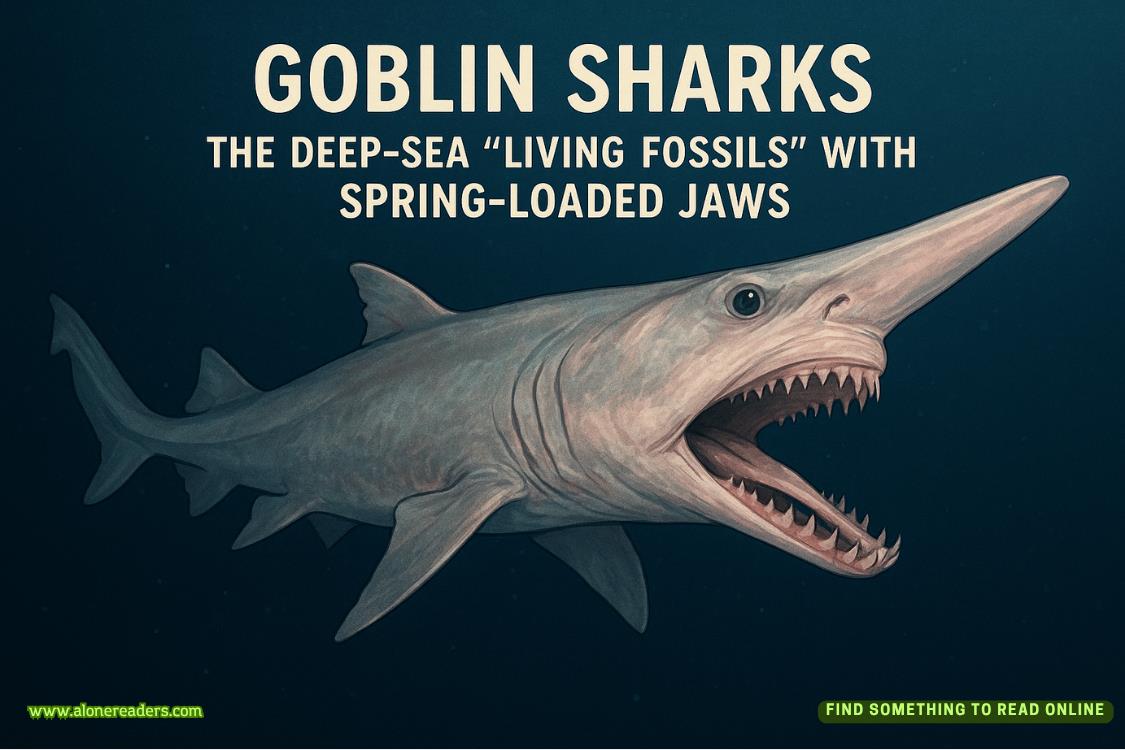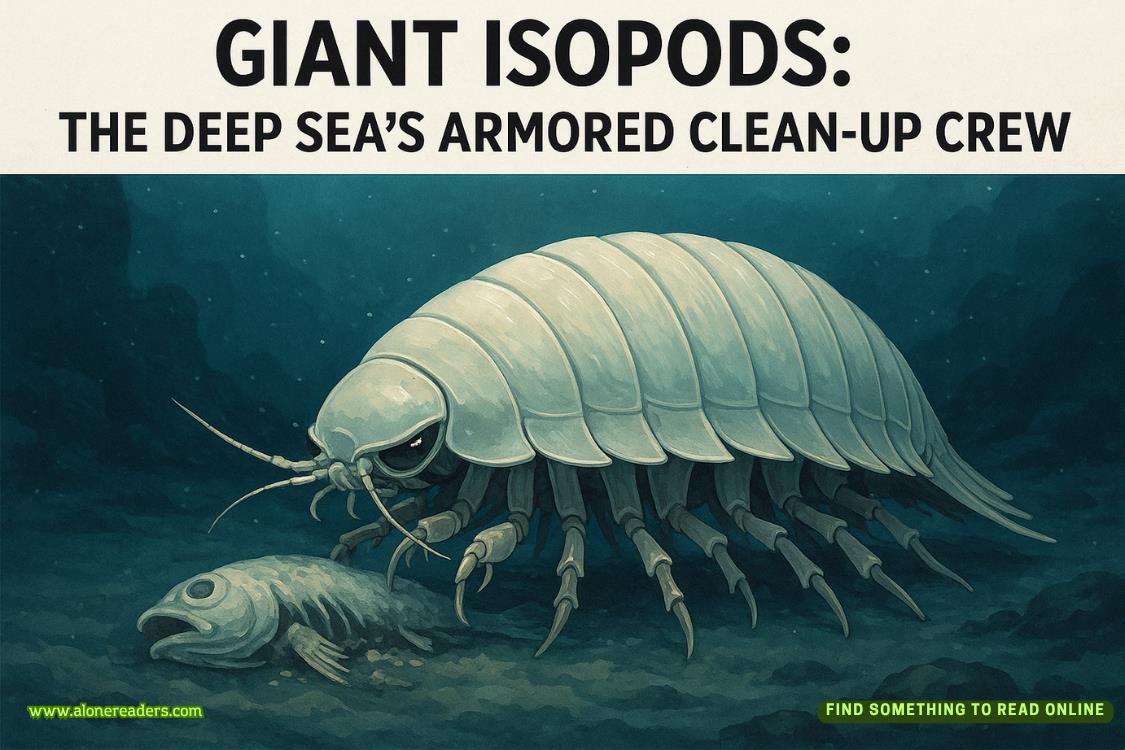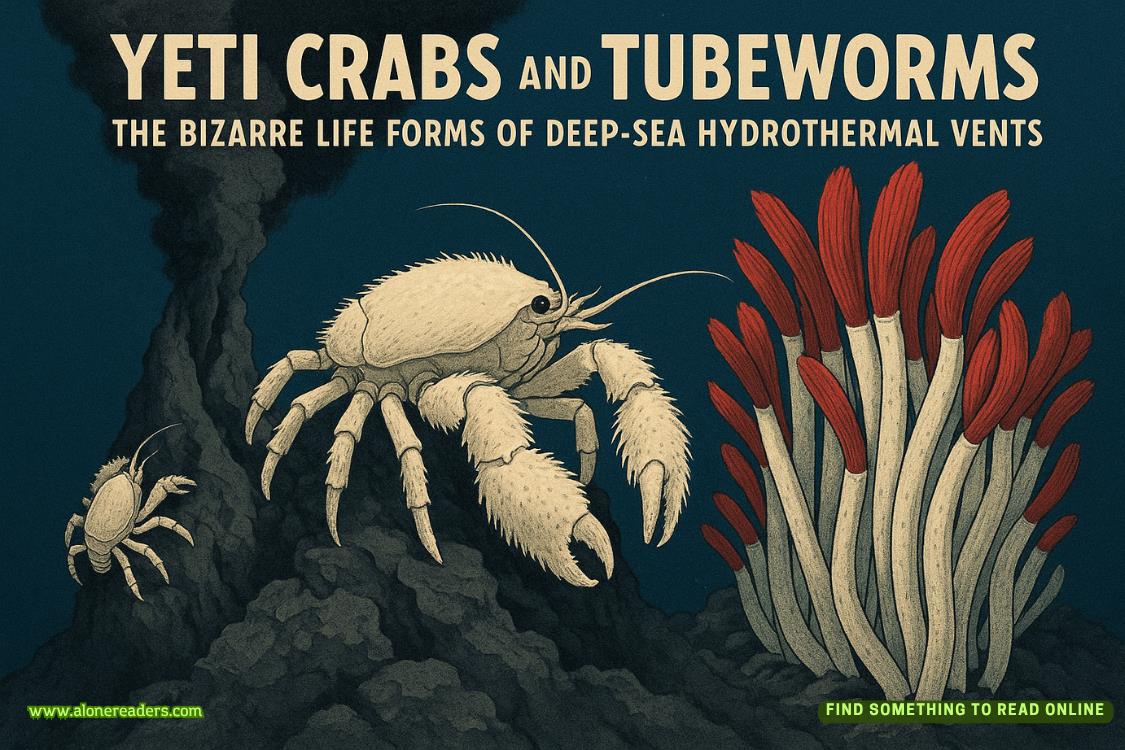Page 3 of Shifting Sands
I smile up at her, then look back at the girl. “It’s nice to meet you, Leia. Looks like we’re gonna be neighbors.”
Leia’s eyes light up.
“Avie is married to my grandson, Sebastian,” Sabel informs me.
“So, the cul-de-sac is a family compound,” I guess.
“Pretty much. Ida Mae included,” Sabel agrees.
And I realize she reminds me of Isley’s mother-in-law. Sara-Beth Tuttle is the unofficial matriarch of Balsam Ridge, and I have a sneaky suspicion Sabel Hollister holds that title here in Sandcastle Cove.
“Come on. We need to get you to school,” Avie says, turning back to me. “Brandee, you should come over for a glass of wine later. I’ll fill you in on all the latest island gossip,” she adds as she hugs Sabel and Ida Mae before wrangling her daughter into the back of a Bronco.
I stand on the sidewalk and wave as they all drive away. Turning back to the peaceful cottage, I feel a gentle, velvety brush against my ankle. I look down to see a puff of cloud-white fur and two blue eyes staring up at me.
“Are you hungry?” I ask, and Snowflake meows in response. I reach down to pick her up, but she backs up and glares at me like it’s my fault her mom left. “Fine. Let’s find your brother so you two can have breakfast while I enjoy a second cup of coffee before heading out to explore,” I say as she turns and prances toward the porch and I follow.
The wind is different here.
It cuts off the Atlantic in sharp, crisp waves, ruffling my hair and finding the soft spot behind my ear, where my scarf has come loose. I tug it tighter as I stand at the edge of the weather-worn pier that jets out into the water, stretching toward the grayhorizon. I thought it would be colder, but the temperature on the island is still reaching into the mid-sixties during the day—the breeze cool, but not cold—which is nice.
I glance around at the folks who are casually casting their lines into the waves on this lazy November afternoon as I walk down the long structure. The wood groans as I make my way toward the railing at the end.
It’s a far cry from the Smokies—no golden leaves drifting down, no woodsmoke curling from chimneys, no familiar hush of pine needles underfoot. Just the endless chatter of seagulls and the steady purr of the ocean. I miss the mountains already, but I’m not upset with the milder temperatures. We’ve already hit frosty days and frigid nights in the valley.
Aunt Ida’s place is all driftwood and chimes, perched in the cove and edging the marsh that sings with frogs, even in November. I actually opened my bedroom window last night so they could sing me to sleep. I’d have frozen solid if I had done that back home.
I’ve spent the afternoon touring the island. Making use of the golf cart Aunt Ida had tucked into the detached garage beside her cottage.
Sandcastle Cove is charming. My family used to visit every summer when my mother was alive, but it’s been twenty years since I’ve been here. Back then, it was a tiny beach town with a dozen or so scattered houses and a few eating spots. It wasn’t on tourist maps, nor in any guidebook of the North Carolina coast. But that has obviously changed over a couple of decades. The island is dotted with beautiful, stilted homes, coffee shops, beach-supply rental companies, restaurants, and everything locals and vacationers could want or need. Yet it’s managed to keep that small town charm. No skyscraping hotels. No name-brand chains or supermarkets. No fast-food drive-through. It reminds me a lot of the valley in that way.
The coast’s answer to Balsam Ridge. The thought makes me smile.
I run my hand over a bench that sits at the edge of the pier with an inscription etched in the wood—Welcome to Sandcastle Cove. Sit a spell and let the ocean talk to you.
I take a seat, close my eyes, and listen to the waves crashing against the wooden stilts below. I feel as restless as the water sounds.
I’ve been pondering what comes next. I love my life, but it’s felt kind of stagnant lately—like I’m on the precipice of something more.
I’m listening, ocean. Tell me what’s next.
Brew
Istand out on the pool deck with a cup of coffee, watching the waves roll in. It’s good to be home. As much as I love race season—the travel and the fast pace of the sport—I always look forward to the reprieve I get in Sandcastle Cove.
Stock car racing has one of the longest seasons in professional sports, with its top-level series—the NASCAR Cup—running from February to November. The year includes a significant number of races, between thirty-six and forty, and culminates with a multi-week playoff elimination to determine the champion.
As the chief operating officer of Cartwright Motorsports and Carolina Automotive LLC, I oversee the day-to-day operations of both companies and report to my grandfather, Brewster Cartwright, the CEO. Along with my father, Brewster Cartwright Jr., who serves as our CFO, we are the majority shareholders of the multibillion-dollar empire that my grandfather started over sixty years ago as a teenager in the garage of his parents’ home.
My role within the organization often keeps me on the road. I own a luxury condo in uptown Charlotte, which I call homefor most of the racing season, while weekends are spent in hotels across the country as our team travels from speedway to speedway.
Cartwright Motorsports owns several speedways while Carolina Automotive supplies drivers and teams with the latest innovative equipment and gear. Our top-notch research and development team handles innovation while I focus on building relationships within the sport. It’s a rewarding job, but it can also be exhausting.
By the time November arrives, I’m more than ready to settle into my beautiful beachfront mansion on the gated eastern tip of Sandcastle Cove—my hometown. It’s the place where my sister and I ran around barefoot, soaking up the sun every summer. It’s where I went to school and played football and where my lifelong friends still live and raise their families. Even though I spend only a small fraction of my time here, I still consider it home.
I founded my side passion project here over a decade ago—a small restaurant and bar called Whiskey Joe’s, located just across the east bridge on the mainland. I named it after my maternal grandfather and aimed to create a laid-back atmosphere where locals could enjoy a meal, drink a local brew, unwind, and listen to good music. Since its opening, the place has grown and expanded significantly. Today, it is one of the largest country-themed bars and music venues in the Southeast, attracting tens of thousands of visitors during peak season and hosting some of the best country bands in the nation.
It’s ripe for expansion, and my grandfather has been urging me to scout properties near several of our speedways across the country. I have no doubt it would be profitable, but I don’t want more money—I have more than I could ever need. Additionally, taking on a project of that size would be a significant time burden, and I’m unsure if I want to sacrifice more of my time for the sake of financial gain.















